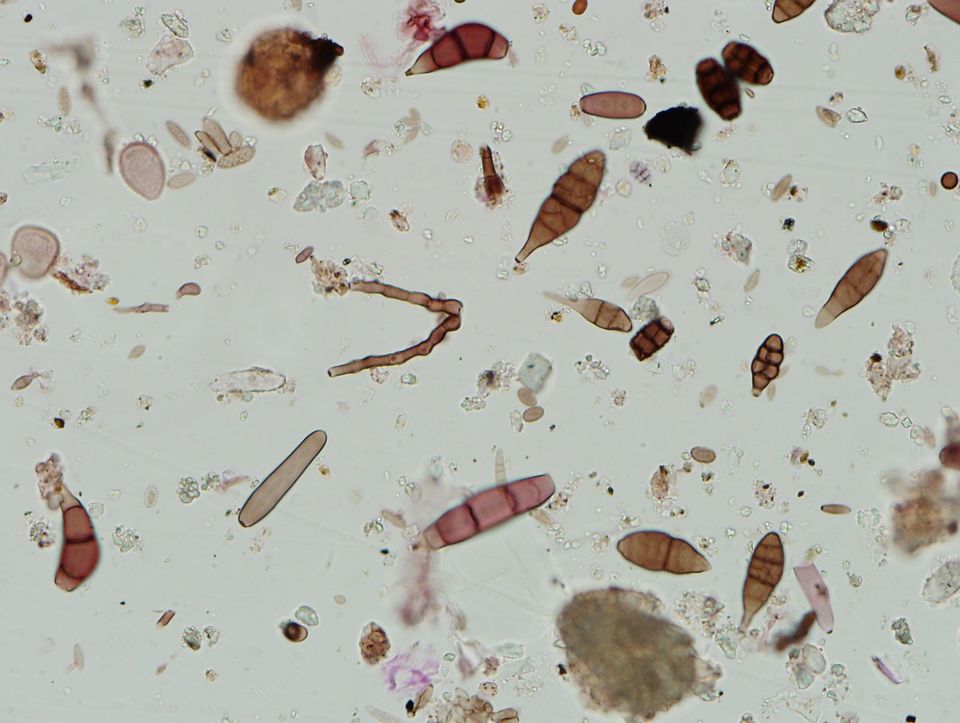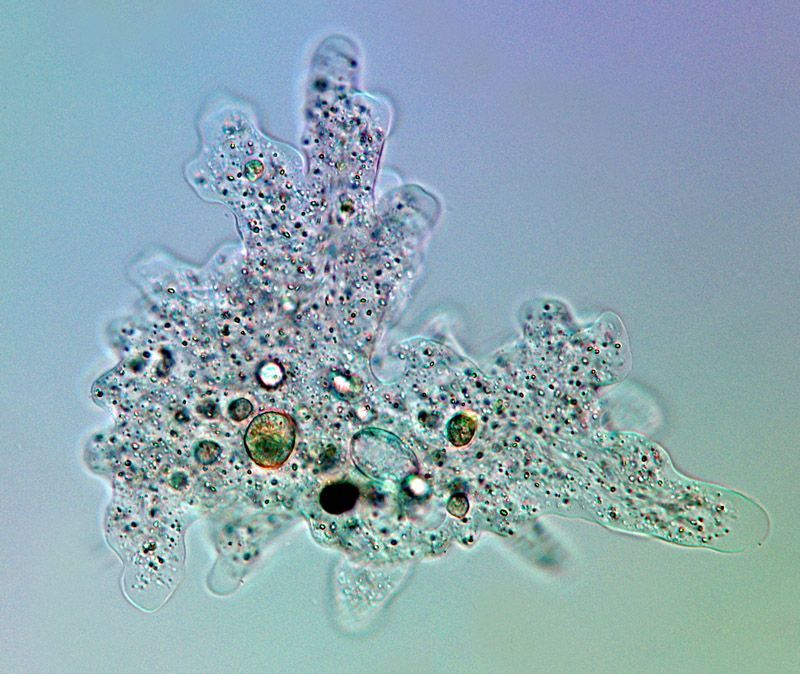
Hurricane molds
Reasonable and unreasonable concerns about indoor mold
Storm damage comes in many forms. Outbreaks of black mold in flooded properties will be among the more insidious consequences of the hurricane season. The internet is abuzz with commentaries on this phenomenon and much of it is misinformed nonsense. Here is the truth. Microorganisms of many stripes will always flourish in water-damaged homes. Fungi, including species with jet-black pigmentation, are among the easiest to recognize as they speckle walls and damage carpeting and upholstery. After a few days of mold development the smell is unmistakable too and reason enough to get rid of the fungus. The potential health impact is a more important cause for concern and this is where the confusion begins. Mold exposure is a serious issue because it is a proven stimulus of asthma and other allergic illnesses. With asthma affecting 25 million Americans and its involvement in more than 3,000 deaths every year, this needs to be taken very seriously. Contact with the molds growing on walls and carpets comes via the inhalation of microscopic spores that carry irritating proteins on their surface. This causes histamine release in the lungs and results in airway constriction.
The spores of a minority of mold species carry powerful toxins, which raises the possibility that they may play a role in other illnesses. Tissue damage caused by these mycotoxins has been documented in livestock exposed to massive numbers of fungal spores, but similar conditions are unlikely to develop in a flooded home. Some investigators concluded that cases of lung bleeding in infants in Cleveland, Ohio, in the 1990s, were caused by the inhalation of black mold spores. This possibility, however remote, helps sustain internet gossip implicating mold in depression, memory loss, organ failure, brain damage, and cancer.
Given the seriousness of asthma, drying and cleaning materials that become covered with mold is important. Some of this can be done by homeowners themselves following the clear instructions offered by the EPA:
https://www.epa.gov/mold/floods-and-mold-growth
More significant damage to a property requires the removal and replacement of carpets,
furniture, and drywall. This can be a very costly business, but people should
be very wary of claims made about “toxic black mold” and expensive remediation
services that offer anything more than fixing the spoiled fabric of a property.
A detailed inventory of the species of microorganisms in a basement will not
help a family recover their home.





